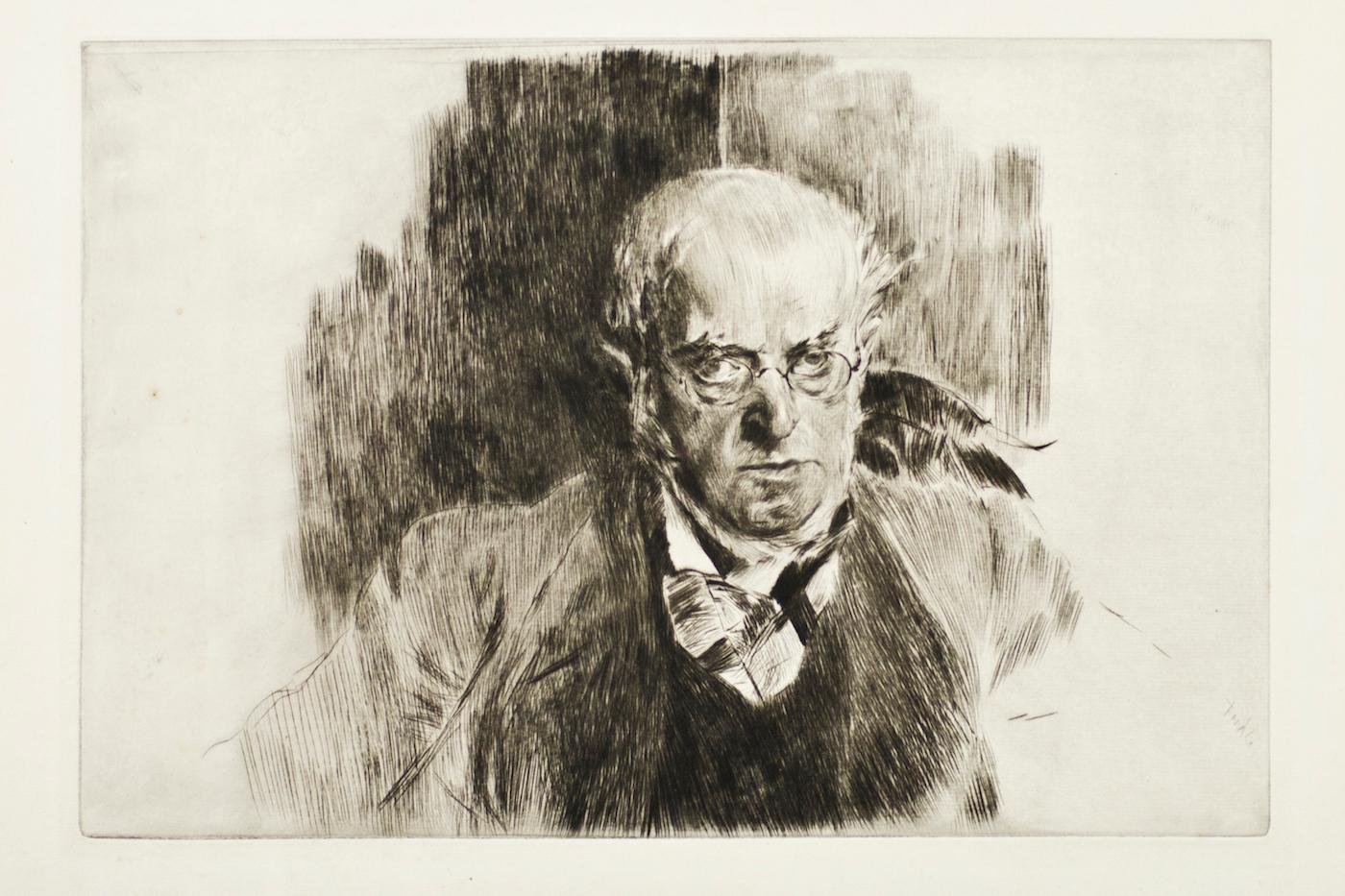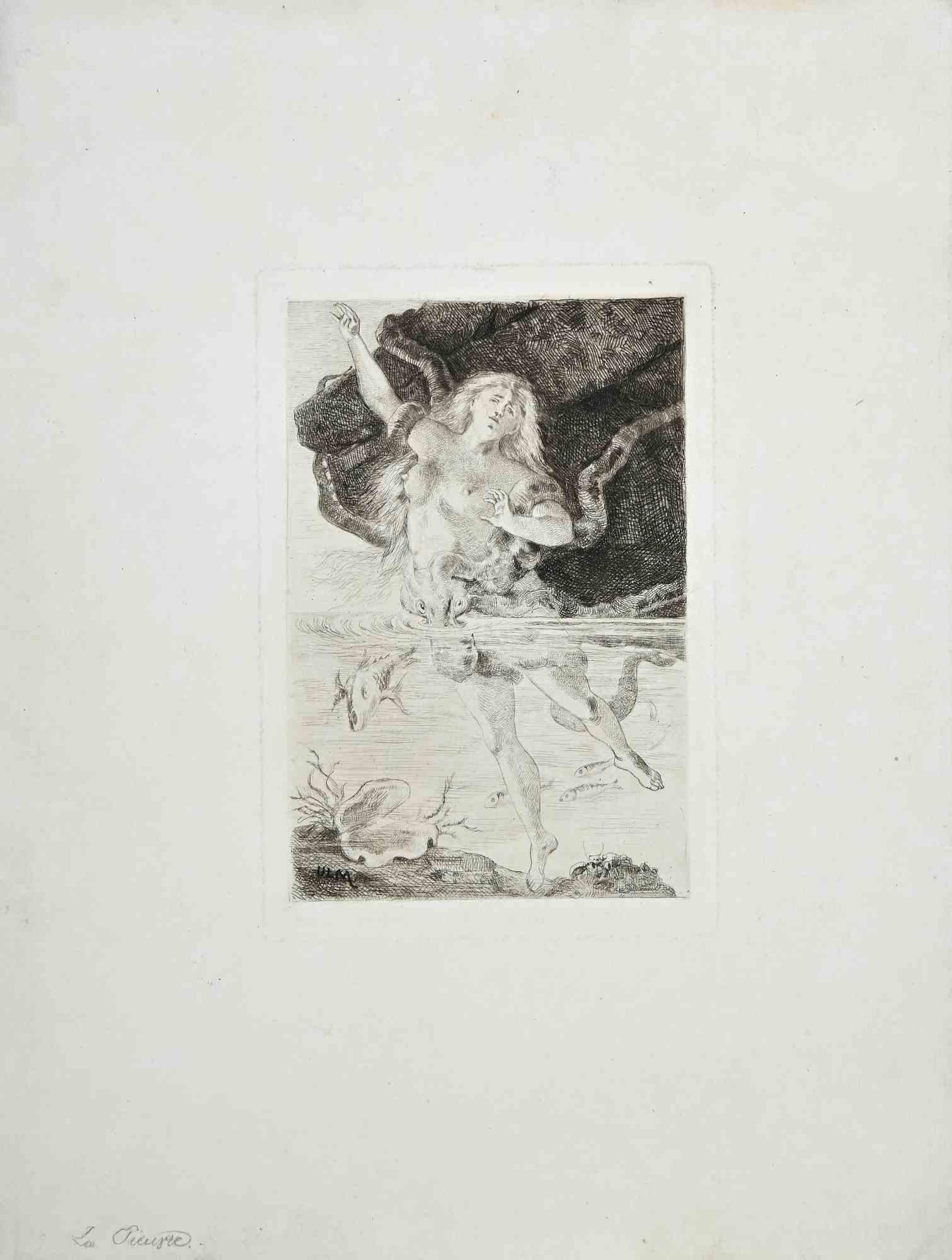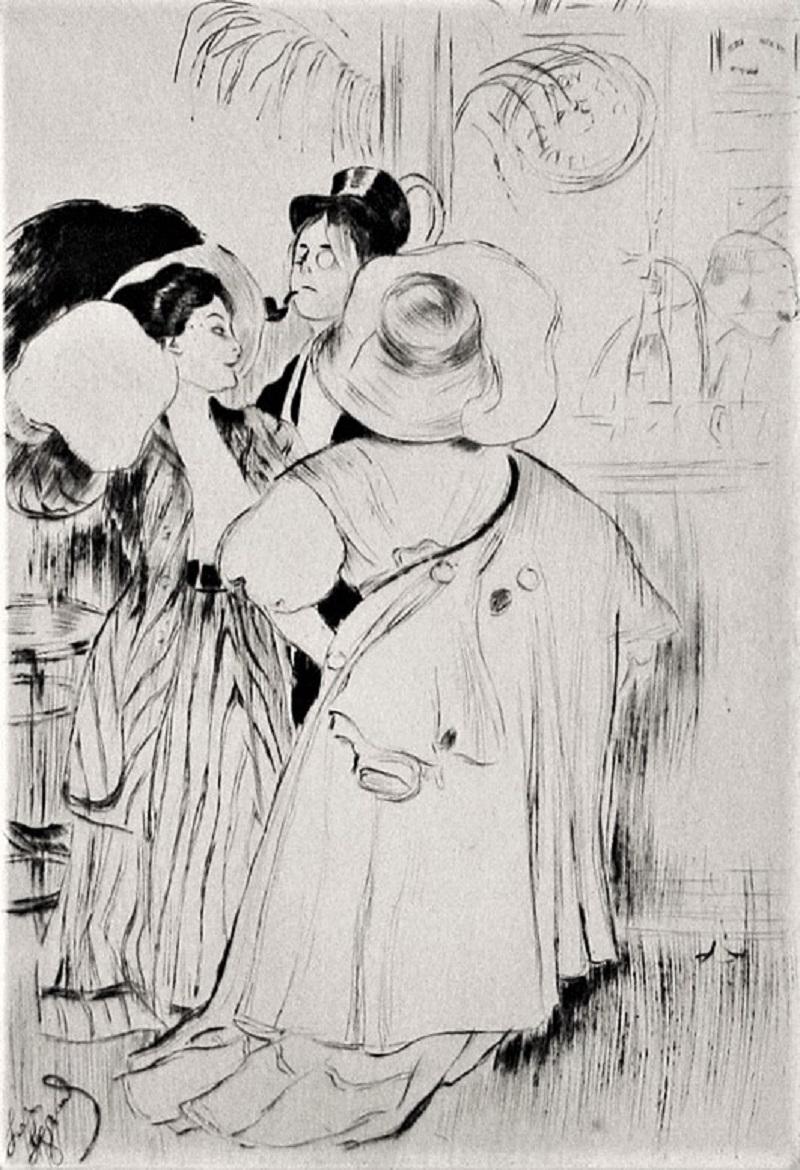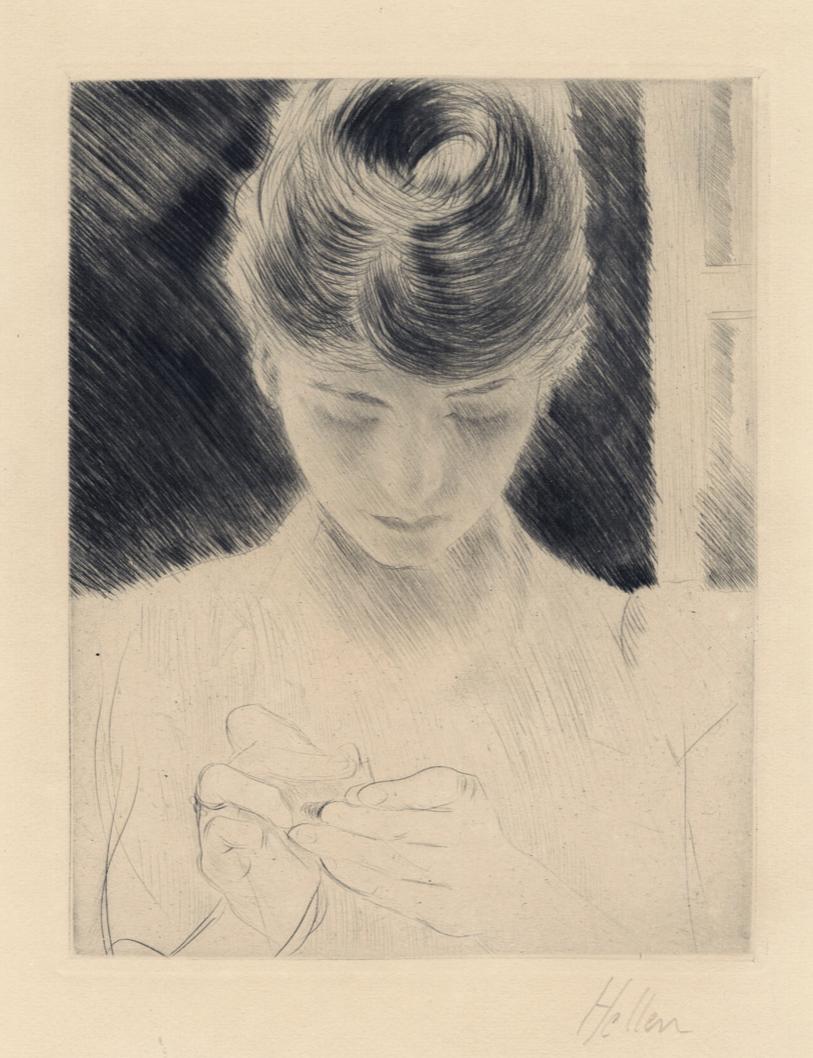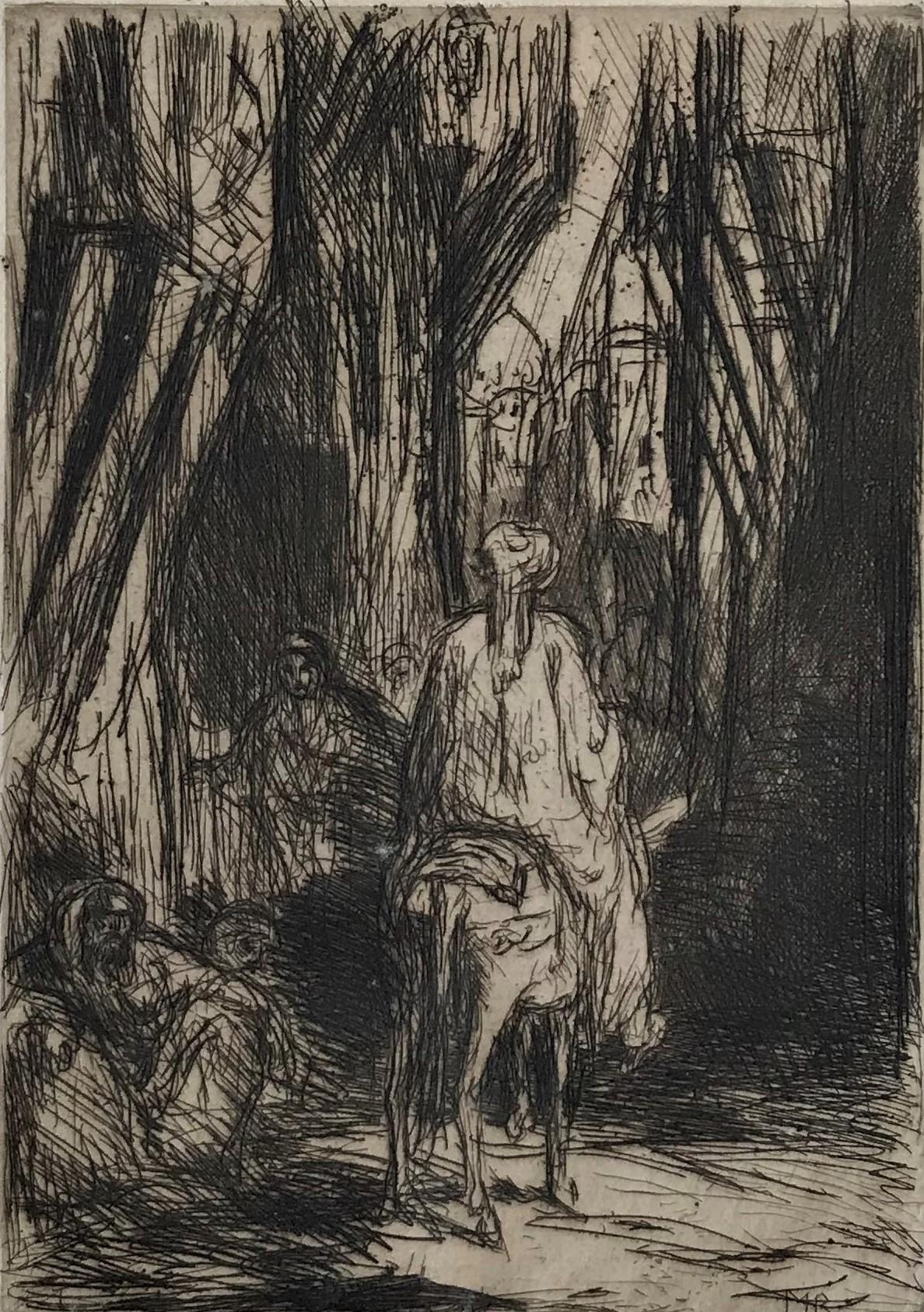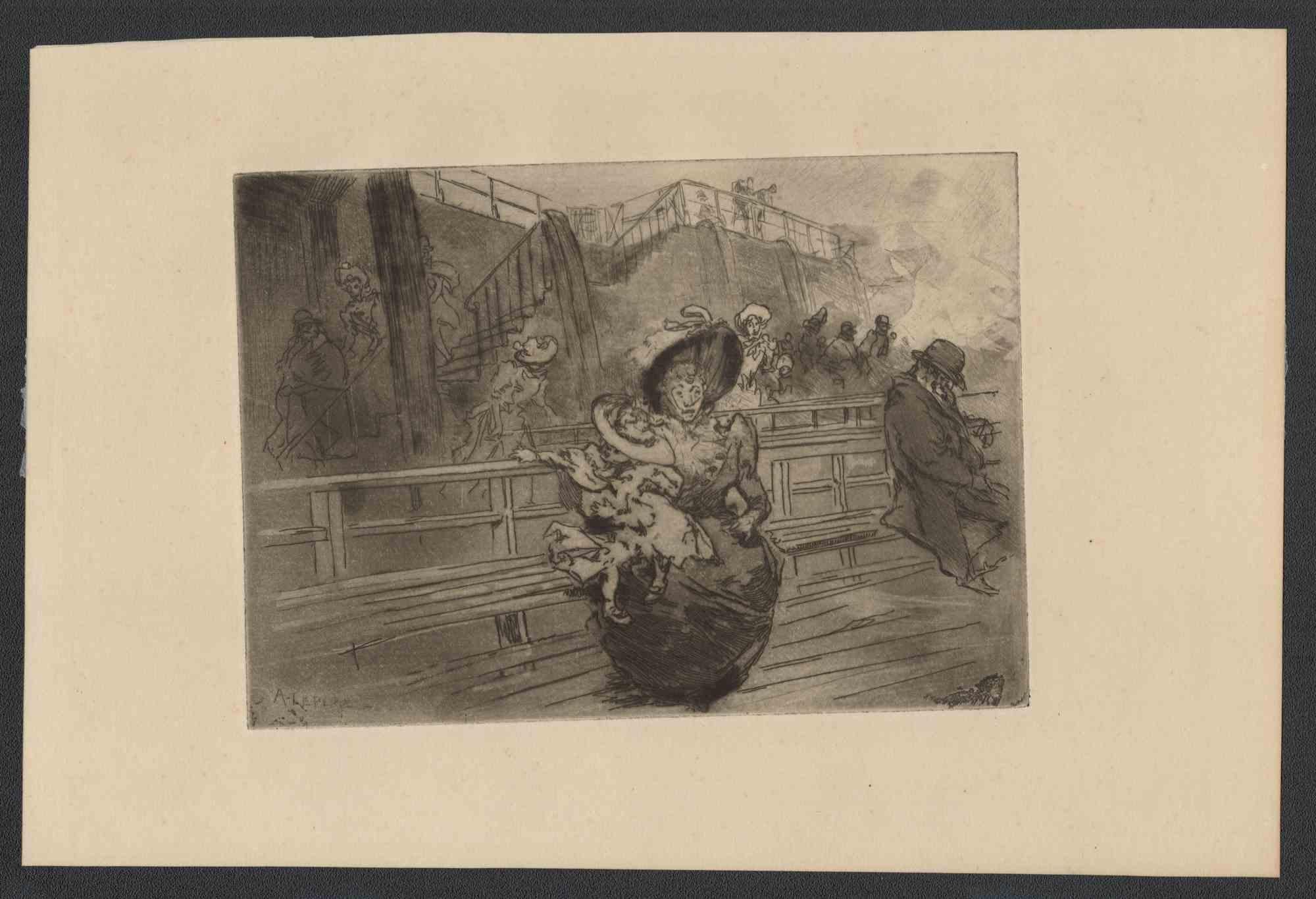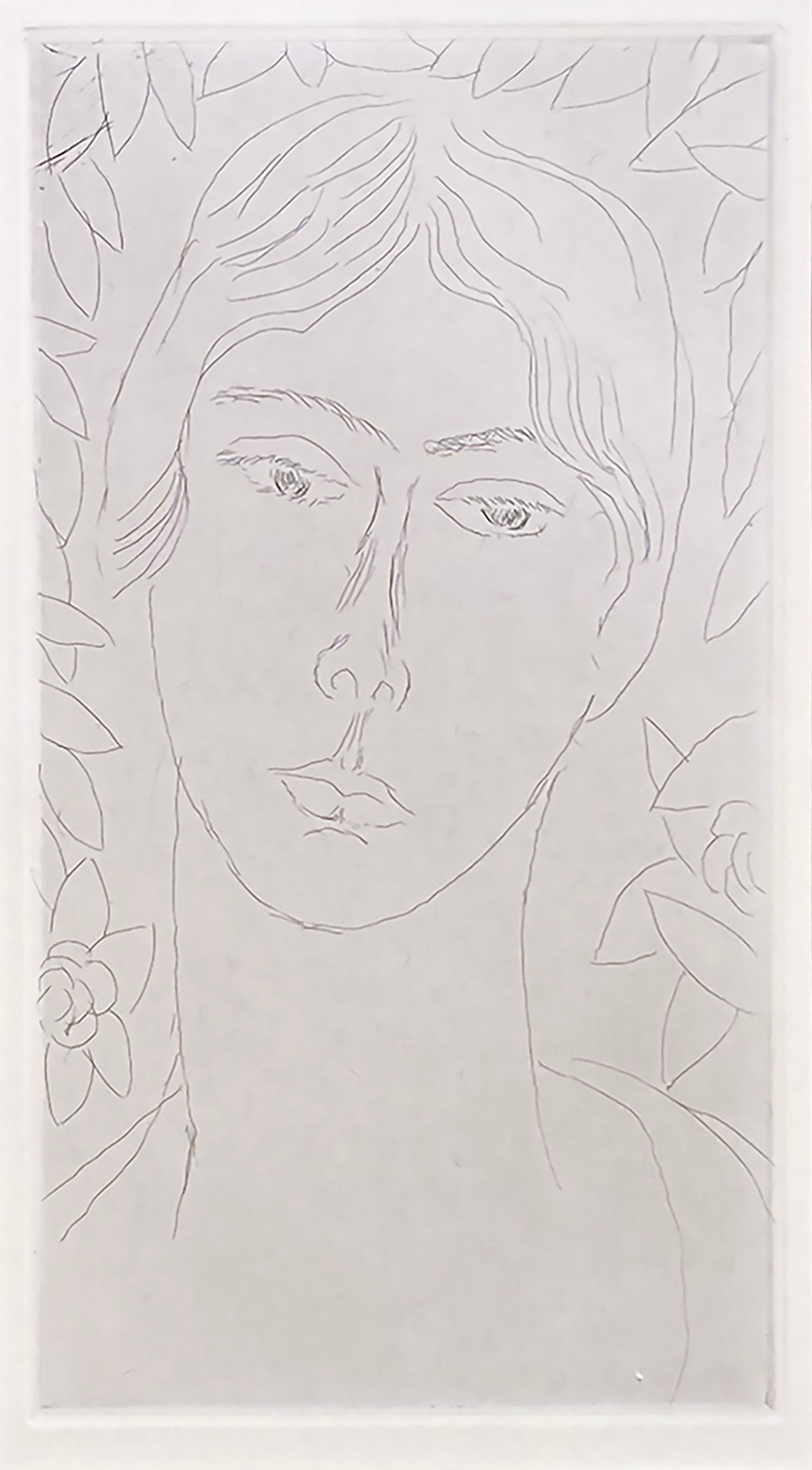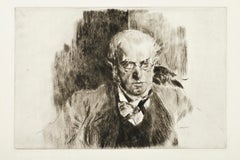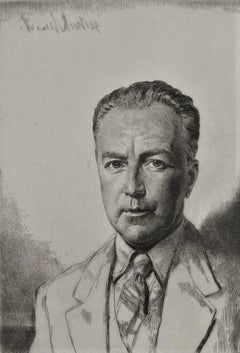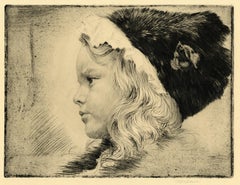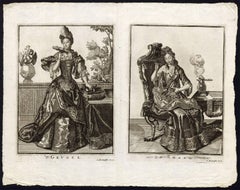
't Gevoel - De Smaak - 't Gesicht - 't Gehoor.
View Similar Items
1 of 5
Jochem Bormeester't Gevoel - De Smaak - 't Gesicht - 't Gehoor.1780
1780
About the Item
- Creator:Jochem Bormeester (1679 - 1702, Dutch)
- Creation Year:1780
- Dimensions:Height: 12.8 in (32.5 cm)Width: 16.15 in (41 cm)
- Medium:
- Period:Late 17th Century
- Condition:Very good impressions with large margins. Two plates on one sheet.
- Gallery Location:Zeeland, NL
- Reference Number:Seller: 46777 - LA-Expo-P6-011stDibs: LU59231719663
You May Also Like
- Portrait of Adolph Menzel - Etching by Giovanni Boldini - 1897By Giovanni BoldiniLocated in Roma, ITPortrait of Adolph Menzel is a magnificent drypoint realized by Giovanni Boldini in 1897. Reference: Buzzoni / M. Toffanello, Museo Giovanni Boldini, G...Category
1890s Modern Portrait Prints
MaterialsEtching, Drypoint
- Olliver St. John GogartyBy Gerald Leslie BrockhurstLocated in Storrs, CTOliver St. John Gogarty. 1935. Etching. Fletcher 78. 6 7/8 x 5 1/2 (sheet 11 1/4 x 8 3/8). Edition 100. 75 intended for the Cuala Press, Dublin. A rich impression, printed on cream-...Category
Mid-20th Century Modern Portrait Prints
MaterialsDrypoint, Etching
- My DaughterLocated in Middletown, NYDrypoint etching on buff wove paper, 9 3/4 x 12 3/4 inches (250 x 322 mm), full margins. Signed in pencil, lower right margin. Some general age tone, and minor mat tone around the pe...Category
Early 20th Century Modern Portrait Prints
MaterialsEtching, Drypoint
- Bibi ValentinBy James Abbott McNeill WhistlerLocated in Storrs, CTBibi Valentin. 1859. Etching and drypoint. Kennedy catalog 50 state ii; Glasgow catalog 34 state ii. 6 x 8 7/8 (sheet 8 11/16 x 10 11/16). Glasgow records 44 known impressions. A rich impression with burr, printed on watermarked laid paper with full margins. Signed and dated in the plate. Housed in a 20 x 16-inch archival mat A young girl, sits facing the viewer, leaning on her left elbow, legs extended to left. She wears a high-necked smock and buttoned boots...Category
19th Century American Modern Portrait Prints
MaterialsEtching, Drypoint
$2,250 Sale Price52% Off - Embarking - Etching and Dry point - 19th CenturyLocated in Roma, ITEmbarking is an original Etching aquatint and drypoint realized by an anonymous artist in the 19th Century. Fine impression on laid paper. Very good condition.Category
19th Century Modern Figurative Prints
MaterialsEtching, Drypoint
- "Mlle Landsberg" (grade planche, pl. 16)By Henri MatisseLocated in Missouri, MO"Mlle Landsberg" (grade planche, pl. 16), 1914 Henri Matisse (French, 1869-1954) Signed and Numbered Lower Right Edition 12/15 Image size: 7 7/8 x 4 5/16 inches Sheet size: 17 11/16 x 12 1/2 inches With frame: 19 1/2 x 14 1/2 inches Henri Matisse came from a family who were of Flemish origin and lived near the Belgian border. At eight o'clock on the evening of December 31, 1869, he was born in his grandparents' home in the town of Le Cateau in the cheerless far north of France. His father was a self-made seed merchant who was a mixture of determination and tightly coiled tension. Henri had no clear idea of what he wanted to do with his life. He was a twenty-year-old law clerk convalescing from appendicitis when he first began to paint, using a box of colors given to him by his mother. Little more than a year later, in 1890, he had abandoned law and was studying art in Paris. The classes consisted of drawing from plaster casts and nude models and of copying paintings in the Louvre. He soon rebelled against the school's conservative atmosphere; he replaced the dark tones of his earliest works with brighter colors that reflected his awareness of Impressionism. Matisse was also a violinist; he took an odd pride in the notion that if his painting eye failed, he could support his family by fiddling on the streets of Paris. Henri found a girlfriend while studying art, and he fathered a daughter, Marguerite, by her in 1894. In 1898 he married another woman, Amelie Parayre. She adopted the beloved Marguerite; they eventually had two sons, Jean, a sculptor and Pierre who became an eminent art dealer. Relations between Matisse and his wife were often strained. He often dallied with other women, and they finally separated in 1939 over a model who had been hired as a companion for Mme. Matisse. She was Madame Lydia, and after Mme. Matisse left, she remained with Matisse until he died. Matisse spent the summer of 1905 working with Andre Derain in the small Mediterranean seaport of Collioure. They began using bright and dissonant colors. When they and their colleagues exhibited together, they caused a sensation. The critics and the public considered their paintings to be so crude and so roughly crafted that the group became known as Les Fauves (the wild beasts). By 1907, Matisse moved on from the concerns of Fauvism and turned his attention to studies of the human figure. He had begun to sculpt a few years earlier. In 1910, when he saw an exhibition of Islamic art, he was fascinated with the multiple patterned areas and adapted the decorative universe of the miniatures to his interiors. As a continuation of his interest in the "exotic", Matisse made extended trips to Morocco in 1912 and 1913. At the end of 1917, Matisse moved to Nice; he would spend part of each year there for the remainder of his life. A meticulous dandy, he wore a light tweed jacket amd a tie when he painted. He never used a palette, but instead squeezed his colors on to plain white kitchen dishes...Category
1910s Fauvist Figurative Prints
MaterialsEtching, Drypoint
Price Upon Request
